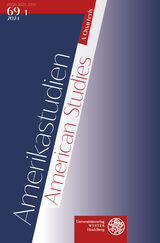Author: Ingrid Gessner
- «
- 1
- »
The search returned 5 results.
Marius Henderson and Julia Lange, eds., Entangled Memories: Remembering the Holocaust in a Global Age (Heidelberg: Winter, 2017), 500 pp. Rezensionen open-access
Reviews Rezensionen open-access
Epidemic Iconographies Beitrag open-access
Toward a Disease Aesthetics of the Destructive Sublime
Introduction: Iconographies of the Calamitous in American Visual Culture Beitrag open-access
- «
- 1
- »
